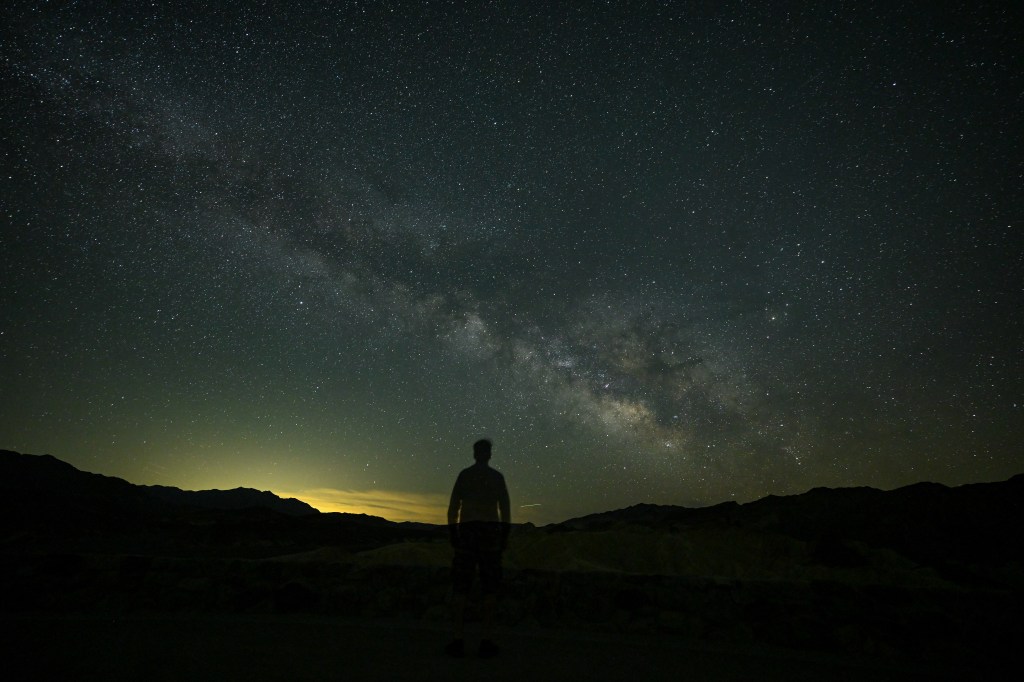The ‘essential season’, as the best in NASA has called it, is official for us.
While the ‘essence’ of the Galaxy of the Milky Way is visible in the night sky beyond the northern hemisphere almost all summer, experts have long known June as the final time of the year for Stargazers.
Preston Dyches, a messaging strategist in NASA, confirms this astronomical phenomenon in the June edition of his monthly video series. The nucleus of the Milky Way “is best noticed by the dark places of the sky away from the bright lights of the city, and appears as a pale, cloud -like group, entering the sky to the south,” he informed the viewers.
The best news? Viewers in these primary do not need high -tech telescopes or even binoculars to Stargase this summer, though a closed look is often preferred for serious heavenly.
Monumental images spread throughout the cosmos this summer include some main constellations, bright ultra stars and rare planets.
Wonderful as this year’s full moon of strawberries, visible on June 10 and early June 11, is expected to be, the new moon on June 25 offers the darker sky – – which makes for the most vibrant stars and planets.
Early instructions can capture a brief appearance of Venus and Saturn, which rise about 2 hours before the sun. Venus sheds low light, intensely light through the eastern sky all morning in June, while Saturn can only be identified by its massive size and characteristic rings.
Meanwhile, Mars can be followed west, and remains a view of the blow around the sunset, as well as the hours that follow.

Jupiter and Mercury continue to appear slightly more elusive, even in June.
Jupiter is usually visible in early June, but is expected to return as a morning sky fixing in July.
In the last week of June, hold your eyes for Mercury, who, from NASA, appears “gray-brown in the human eye”, and will be visible as a fixation of the evening sky, around the sunset, in late June.
Other cosmic images to see include a host of shock stars.
Some experienced stargazers get vision challenges during June and try to capture unique star formations along different plants. Regulus, the “heart” bright white of Leo’s constellation, will follow throughout June 16, while Stars Castor and Pollux will form a line with Mercury on June 24, according to Earthsky tables.
Other visible constellations include the ‘visible’ summer triangle, which consists of stars Vega, Deneb and Altair. Long astronomer Patrick Moore initially invented the term, and said that neither the “myopic observer” could lose the group, which makes it a great starting point for starters of Stargazers.
Following these three bright stars, Milky Way viewers can distinguish Cygnus, Lyra, Aquila, Boãchtes and Usa Major.
Observers on the east coast of the United States are also expected to have a particularly unique appearance in the sky as a result of the latest Saharan dust movement, while Stargazers near the northern border may have their darkening views by moving Canadian Canadian fire smoke.
#month #year #Stargazing #expect #killer #view #Milky #experts
Image Source : nypost.com